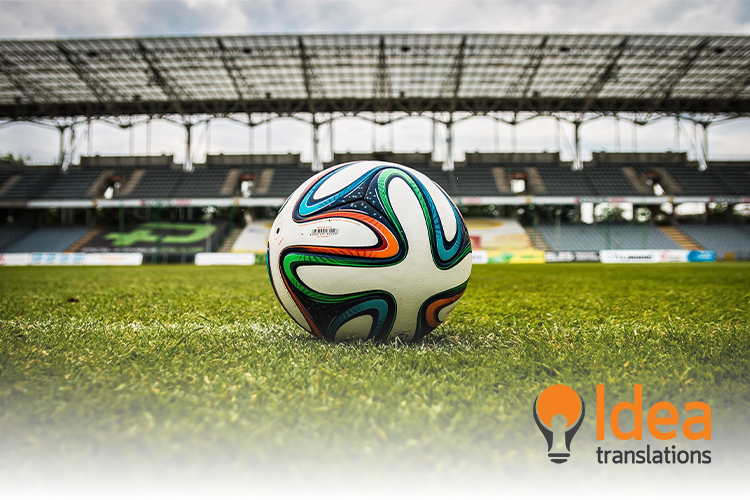
Qatar World Cup: The Key Role of Translators
It is estimated that more than 1.5 million people will visit Qatar between November 21 and December 18 for the FIFA World Cup. This is a considerable number for a country whose population is 2.8 million, but it is to be expected: the World Cup is one of the most popular events globally.
Considering that 3.572 million people watched the last edition that took place in Russia in 2018, what challenges and opportunities arise from this massive popularity, in terms of translation services?
Information that Spreads Globally
Some years ago, Caitlin Stephens, Deputy Head of Language Services at FIFA, stated that they translate some three million words per language per year: “FIFA has four official languages – English, French, German, and Spanish – which means that most communications and information for its members have to appear in the four languages.”
They also incorporated some translation work into and out of Russian and Arabic in view of the upcoming World Cups in Russia and Qatar. Apart from the monthly magazine, FIFA translators also work regularly with media releases, official regulations, information and correspondence for member associations, minutes of the meeting, technical reports from competitions, manuals and handbooks, medical and anti-doping information, HR information for employees, legal documents, as well as financial, and governance reports.
The coverage of the Russia World Cup 2018 reached around 1600 million people in Asia, with 655.7 million watchers (about 18.4% of the total global population) in China, that did not even qualify for the tournament.
Source: Reuters
And this is just the tip of the iceberg of all the translation work that such a competition involves. Its popularity is rising and the interest in the Qatar edition is expected to break all previous records, particularly in terms of fans and the demand for content.
Fans Want a Seat at the Table
The way in which people enjoy entertainment, particularly sports, is shifting. Digital is displacing traditional TV broadcasting as fans put together their own customized prime time: they want to see what they want, when they want and in the format they want.
Some of the priorities of the audience are re-watching games, seeing highlights, goals, team’s lockers, and the lives of players during the tournament, as well as learning about the culture, the food and the traditions of host countries.
In fact, translators are not the only professionals in high demand before and during these massive sports events; even registered journalists learn at least some phrases and words in the language of the host country. And media outlets also look to hire bilingual journalists for matches and general coverage.
47% of the fans at the Russia 2018 World Cup were European.
Source: Statista
The growing interest around soccer in general —and the upcoming World Cup in particular— is an excellent opportunity to continue breaking down barriers between languages and cultures. The last edition of the tournament (2018) was the first one ever held in Eastern Europe. And the 2010 edition, which took place in South Africa, also gained international recognition for Shakira’s interpretation of “Waka Waka” (“This Time for Africa”) in both Spanish and English.
The words ke nako in the official slogan for the 2010 World Cup mean “it is time” in the Sesotho and Setswana languages of South Africa.
Source: Government of South Africa
People from different cultures approach sports for different reasons, and the conscientious and skilled task of linguistic services providers is crucial for success. In this sense, the events unfolding in the Qatar stadiums will be amplified through an unprecedented multilingual conversation. The stage and the players are ready to make history.



